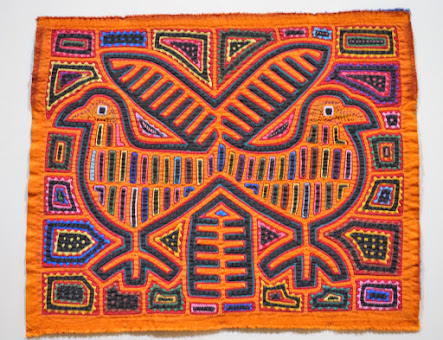Regular readers of my blog will remember that last autumn I made several trips to the Cleveland Museum of Art. I planned to continue my visits throughout the bleak months of winter in order to ward off "cabin fever" as well to have material for my blog. My goal was to thoroughly explore just a few galleries on each visit, and to photograph highlights of the collections. Since our museum is very comprehensive, my blog entries would give you a survey of the history of art of the entire world. Well, that was the plan, but in early November, just a day after my last visit, the museum once again closed due to rising COVID cases in Cuyahoga County. Fortunately, I had so much material from those three visits, that I was able to periodically write about the museum until nearly Christmas.
Wednesday evening I checked to see if there was any news on when the museum would open again. I was surprised to learn that they had reopened the week before. To limit the number of people in the museum, you have to sign up beforehand on the museum's website for a time to visit, and to print off a free ticket. (Admission to our museum has always been free.) I wasted no time. I went to the website that very night to get a ticket for the next day. Usually there is no problem with availability on weekdays, and I was able to register for a visit on Thursday at 11:30.
So yesterday I was back at our wonderful Cleveland Museum of Art!
As you can see from the picture, you don't have worry too much about social distancing.
I spent about two and a half hours there, but I have loads of photos... enough for four more blog posts! I will continue with the survey of the history of world art. (You may remember that I left of with the Middle Ages.) But first I visited a couple of special exhibits. One of them was being installed on my last visit, and, as a retired Spanish teacher, I was very interested in seeing it. So let's start with that... an exhibit on the "mola" textiles of the Guna people of Panama.The Guna (or Kuna) tribe lives along the Caribbean coast and off-shore islands of Panama. "Molas" are the blouses created and worn by the Guna women. Each "mola" is decorated on the front and back with elaborate and imaginative hand-embroidered panels.
The exhibit includes numerous blouses as well as embroidered panels. They come from the museum's own collection as well as from the museum of Denison University in central Ohio. One element seen in many of the embroidered panels is that of double or mirror images, since duality is a central concept in their belief system. Traditional designs predominate, but the women take freely from outside influences, using everything from movie posters to advertisements for their inspiration.
This "mola" has a double image of Santa Claus, although the creator's vision of Santa is a bit different from ours.
Animals are a frequent motif such as the large bird on this "mola".
In Guna mythology, the Soul Bird represents the soul of a deceased person. Here a Soul Bird is shown on a boat decorated with flags embarking on the journey to the afterlife.
In their mythology, lunar eclipses occur when a Sky Dragon eats the moon.
Illustrated books of Bible stories served as a source of material. Here Adam and Eve eat the forbidden fruit.
This blouse was inspired by a movie poster of a 1978 film about a boxing kangaroo called "Matilda".
Women in Panama received the vote in 1946. Some Guna women then began to use their blouses to promote their favorite candidates. These panels urge voters to vote for the "Partido Liberal" (Liberal Party) of dictator Manuel Noriega. He later lost the support of the Guna people when he built a military base on their land.
The top panel has a double image of medicine men curing the sick, and the bottom image has incense braziers which are used to expel disease.
Panels with double images of birds
Stay tuned. There will be much more to come from the Cleveland Museum of Art!















¡Muy interesante! Así que las molas no solo cumplían una función como vestimenta, sino además como un objeto artístico y un medio publicitario.
ReplyDeleteI had heard of the "molas" of Panama, but I thought that the word referred to a type of artwork that they did. (I was thinking of something like the yarn pictures created by the Huichol tribe of Mexico.) I did not realize that they are the embroidered blouses that the women wear.
Delete